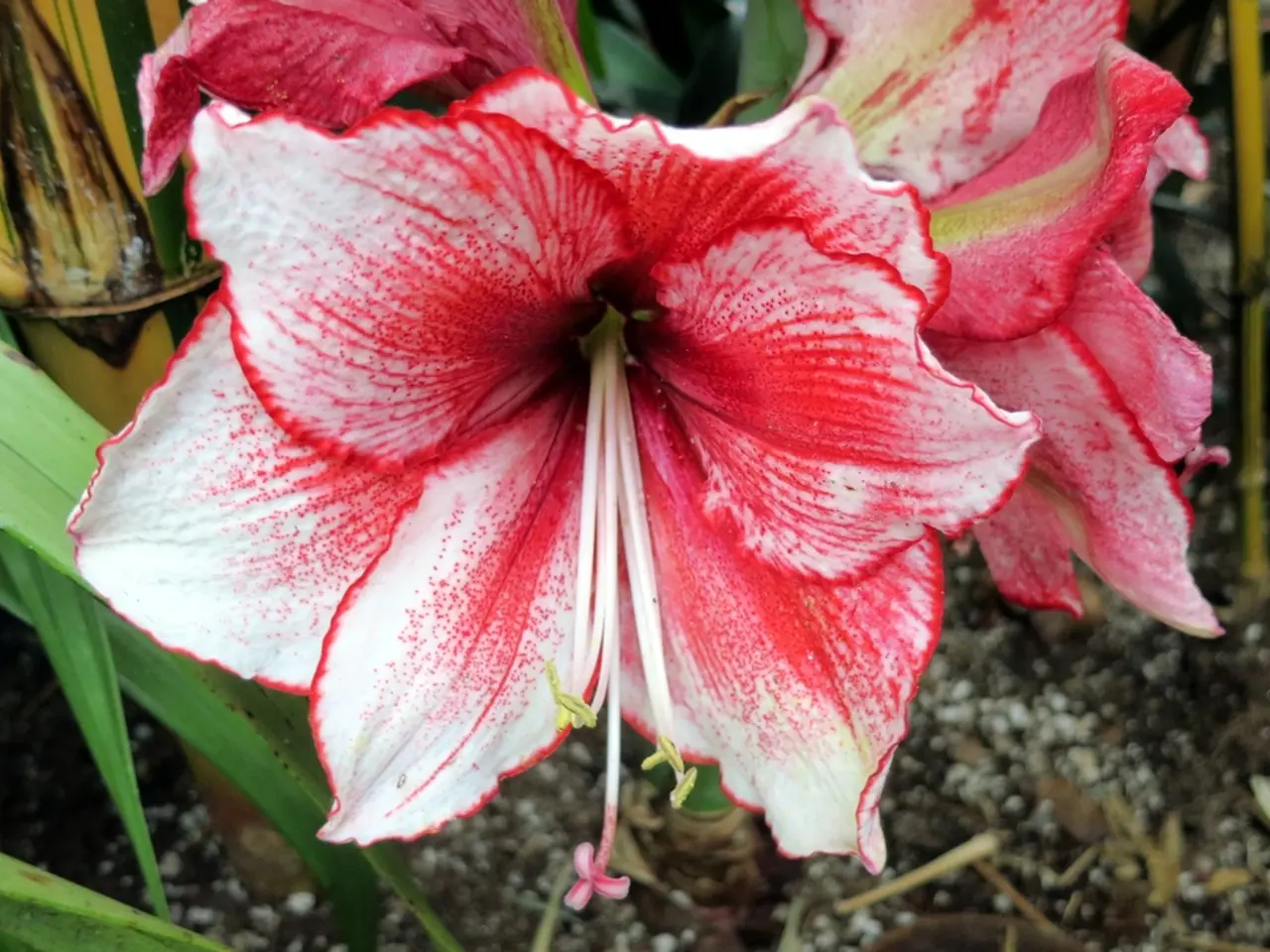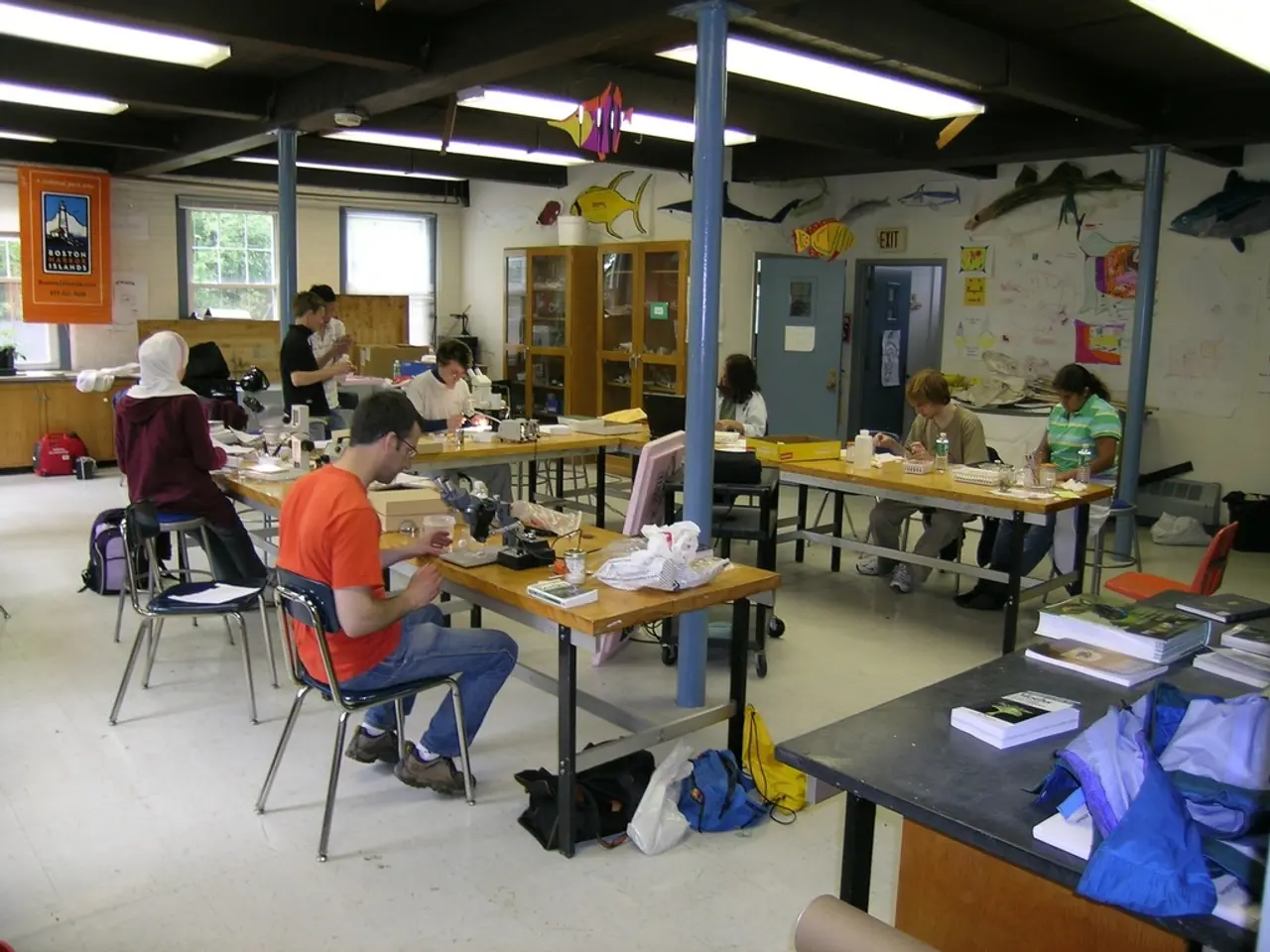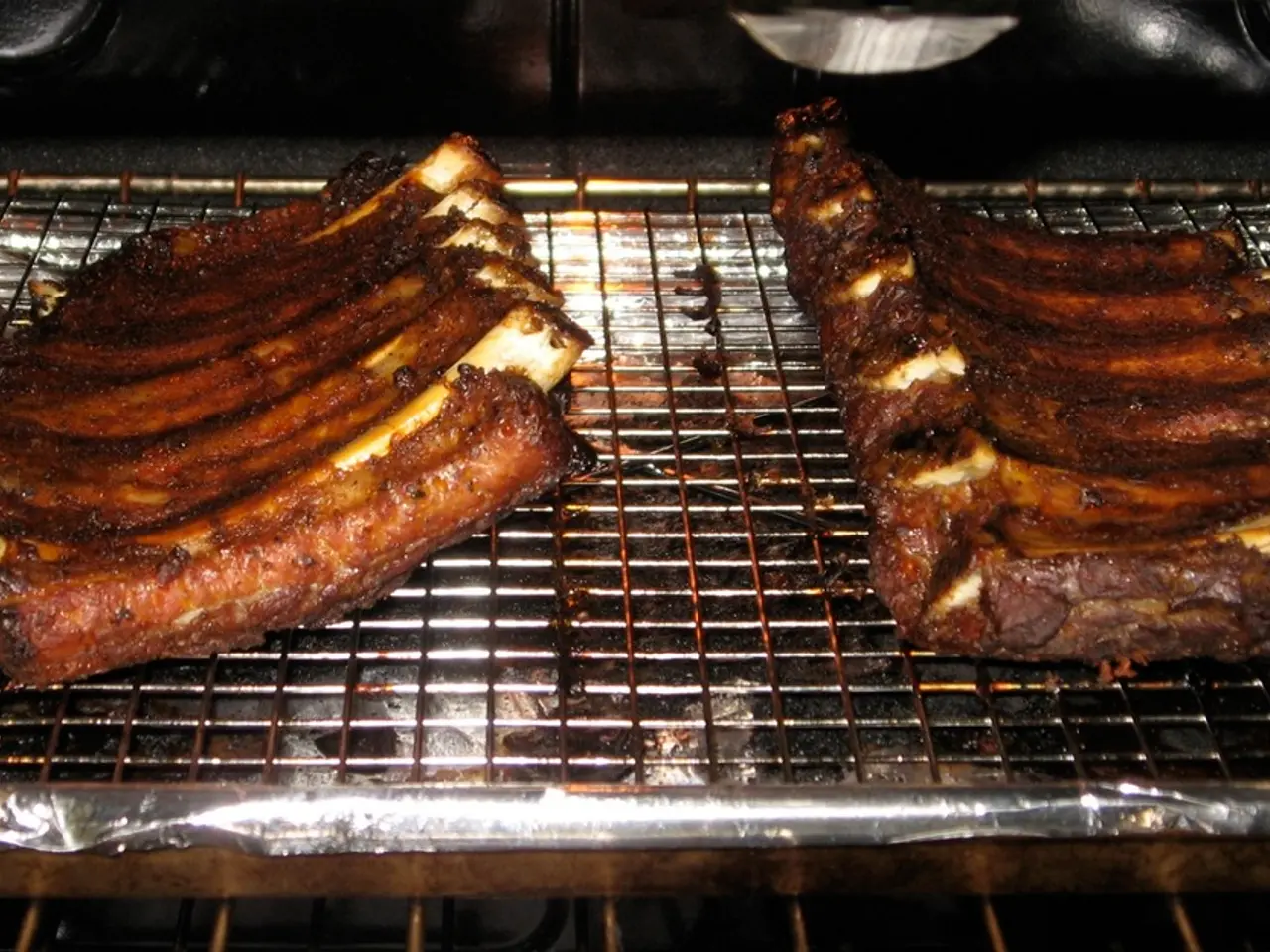Thin-Soil Planting: Optimal Vegetation for Sparse Dirt Depths
Growing Plants in Shallow Soil: A Guide for Your Garden
Thyme, an evergreen herb, is a popular choice for savoury dishes and boasts an abundance of tiny, purplish-pink flowers. But did you know that there are several other plants that thrive in shallow soil gardens?
Leafy Greens and Shallow-Root Vegetables
Lettuce and spinach, with their very shallow root systems, are ideal for gardens with limited soil depth or for container gardening. Other shallow-root vegetables like radishes also do well in such conditions, though asparagus typically requires deeper soil.
Trees and Shrubs for Shallow Soil
For those seeking to add trees or shrubs to their shallow soil garden, consider the Japanese tree lilac, a small to medium-sized deciduous tree growing 6–9 m tall. The crabapple, a small deciduous tree about 4.5–6 m tall, and the smoketree or smoke bush, a small deciduous tree/shrub about 3–4.5 m tall, are also suitable options. These plants have non-invasive roots that make them suitable for smaller landscape beds or near paved surfaces.
Other Shallow-Rooted Plants
Grasses, ground covers, rhizomal plants, vines, succulents, and certain herbs like chives, oregano, and thyme, are other examples of shallow-rooted plants. These plants can be a great addition to your garden, not only for their growth habits but also for their decorative qualities.
Caring for Shallow-Rooted Plants
When planting in shallow soil, it's important to consider the moisture and nutrient levels. Shallow-rooted plants tend to dry out quickly and may require more frequent fertilisation. For instance, vinca, also known as Catharanthus roseus, requires a high-porosity soil mix and does well in peat-based mixes with added perlite to increase porosity.
Pansies, lettuce, and Swiss chard are other examples of plants that prefer moist, well-draining soil. Lettuce, in particular, can be grown in as little as 6 inches of soil and is a quick-growing, fuss-free crop.
Specific Plant Requirements
Radishes thrive in loose, well-draining soil that is rich in organic matter, while strawberries require consistent irrigation and protection from weeds to ensure healthy root growth. Hydrangeas prefer hummus-rich soil and mulching is essential after planting to prevent them from drying out.
Creating Depth in Your Shallow Soil Garden
Raised beds or mounds can help create the necessary depth for your plants while adding diversity to your landscape. This is particularly useful for plants like butternut squash, which require well-draining, rich soil and full sun but are tender plants that require warm temperatures and protection from frost.
In summary, with careful plant selection and proper care, shallow soil gardens can be vibrant and diverse. From leafy greens and shallow-root vegetables to trees, shrubs, and a variety of decorative plants, there's a world of possibilities for your garden.
Home-and-garden enthusiasts might find delight in a range of plants suitable for shallow soil gardens, such as leafy greens like lettuce and spinach, shallow-root vegetables like radishes, and herbs like chives, oregano, and thyme. Additionally, certain trees and shrubs, such as the Japanese tree lilac, crabapple, and smoketree or smoke bush, are adaptable to shallow soil conditions with non-invasive roots.




